5 tips for transitioning into fall
A pep talk for those of us grieving the last days of summer
Tomorrow is my birthday, and also the day before the last day of summer. As I’ve been feeling the chill in the air lately, I’m noticing anxiety in my body as I remember past falls and winters that have been difficult.

Yes, I recognize I am calling six out of the twelve months of the year hard. Welcome to my life in the Pacific Northwest. It really can be that gray for that long.
So, yeah, while I love pumpkin spice as much as the next girl, the onset of fall means the inevitable loss of sunshine and the fact that we are now only one season away from winter. (Are you sensing a theme yet?)
These next two seasons are collectively challenging for me for two primary reasons: the holidays, and changes in weather and light. The holidays are stressful for everyone; I’d argue they are extra taxing for people with executive dysfunctions: it takes a lot of planning, decision making, navigating social situations, etc.
Also, I have read that people with ADHD are more susceptible to SAD, which makes sense to me, since we react more quickly to triggers in our environment.
Since I have begun to understand the ways in which these busier and darker seasons trigger my anxiety and depression, I’m able to be more intentional about planning for fall and winter. The rhythm of the seasons and the holidays come predictably every year. But one thing that happens to people with ADHD is that we forget the strategies that help us. Haha.
So I thought I would share some of my fall strategies as a way of both reminding myself and hopefully supporting you. And while you work on these things, I’ll go back through my notes and do a round-up of tips for holiday prep and share them soon.
Suggestions for a gentler transition into fall
If you took a break from your planner during the summer, and/or if you’re tired of the system you last used, this is a good time for a planner reset. I like an academic planner that starts in August or September. This way you don’t have to worry about being “in between planners” around the very hectic and often emotional time between Christmas and New Year’s.

Likewise, if you use a household calendar for your family, go ahead and get next year’s calendar now, for the same reasons as above. They often include Aug-Dec of the previous year, plus the next 12 months. My favorite is Amy Knapp’s big grid family calendar. I love how there’s a spot to write what’s for dinner–sometimes I’ll write it down after the fact so I can look back for ideas of what we’ve been eating or what we haven’t had in a long time.
I also sell a zoomed-out calendar of the whole year on four pages in my Etsy store.
Give yourself lots of grace as you calibrate to what this season feels like. It takes time—way more time than we want it to—to adjust to new routines. For our family, one of the hardest shifts is going back to a regular dinner time after all the evenings of taking hot dogs to the lake.
Recognize that it takes time for the inside of your house to adjust to the seasonal change. Transitions are hard because of new routines, but also because of ALL THE STUFF! Still laying around my house at this time of year are goggles and swimsuits and sand (so much sand). But then there will be one cold morning, and no one remembers if we own any jackets. And also we can’t put away the warm weather clothes yet.
Do a brain dump. My brain feels really full at this time of year: I’ve got lots of inspiration from summer, and I also have a lot of adulting that I need to catch up on because I deferred things in order to play.
My favorite place to do a brain dump is on the big whiteboard in the study room in the library. Something about it being dry-erase makes me feel way less judgy about what’s in my brain. But really, any blank paper will do. If you’re weird and it feels like too much pressure, try using scratch paper.
Usually after I see everything, I am calmer because: (1) it’s not as bad as I thought; (2) now I won’t forget things because I can take a picture of all this on my phone; (3) I can start to categorize and group things, and see what is most time sensitive.
ADHD brains struggle with “now or never” thinking because ideas are always flitting in and out. Writing things down reduces the anxiety that we will lose a good idea if we can’t work on it right now.
I hope some of these ideas help. I’m really looking forward to sharing more of my holiday planning survival tips, but I’m trying to stay cool.
Until then, if you want to read more, I’ve written about some of my favorite supportive strategies for SAD here.
Finally, two other good memes that I couldn’t incorporate but that were too good to not share.

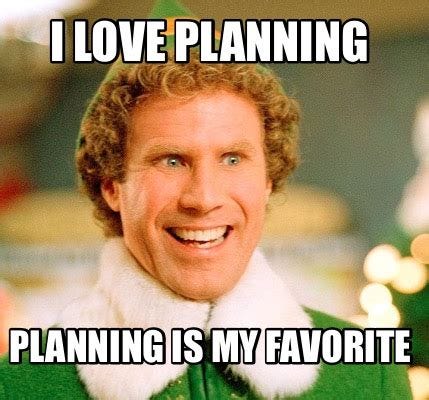

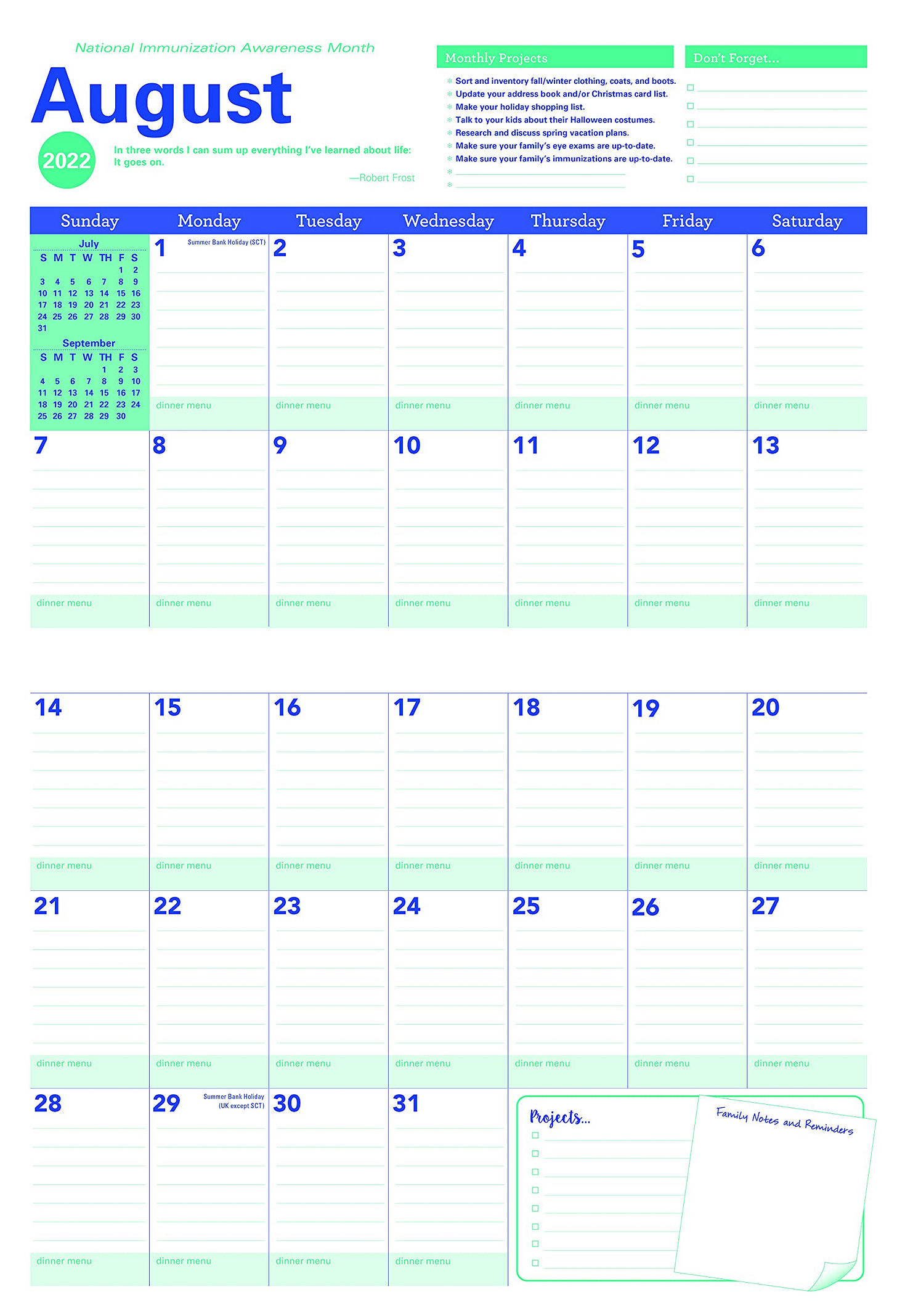
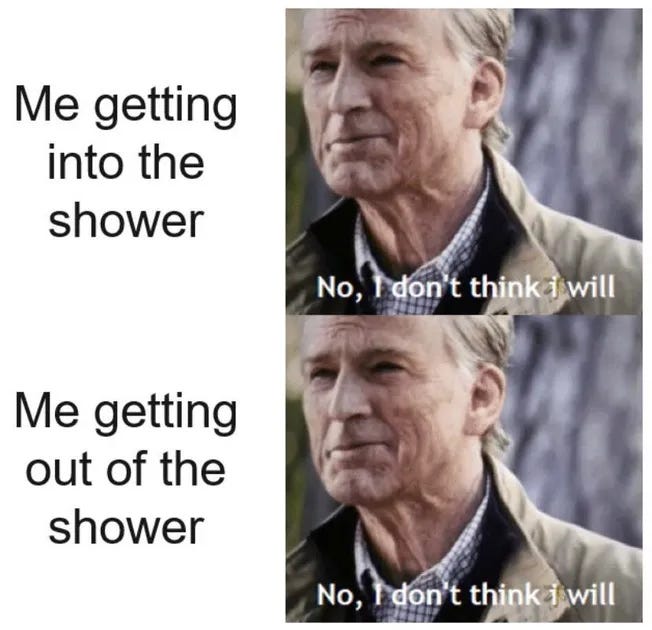

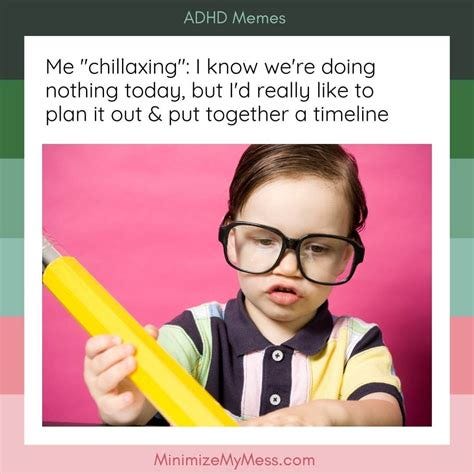
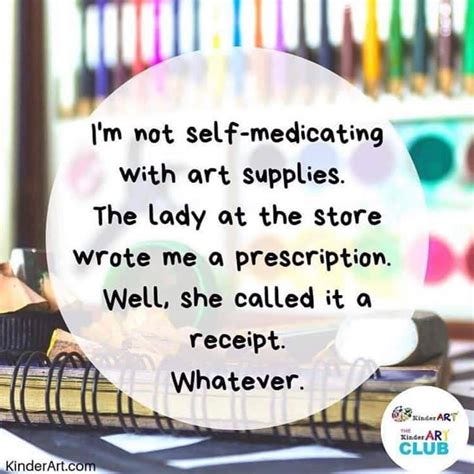
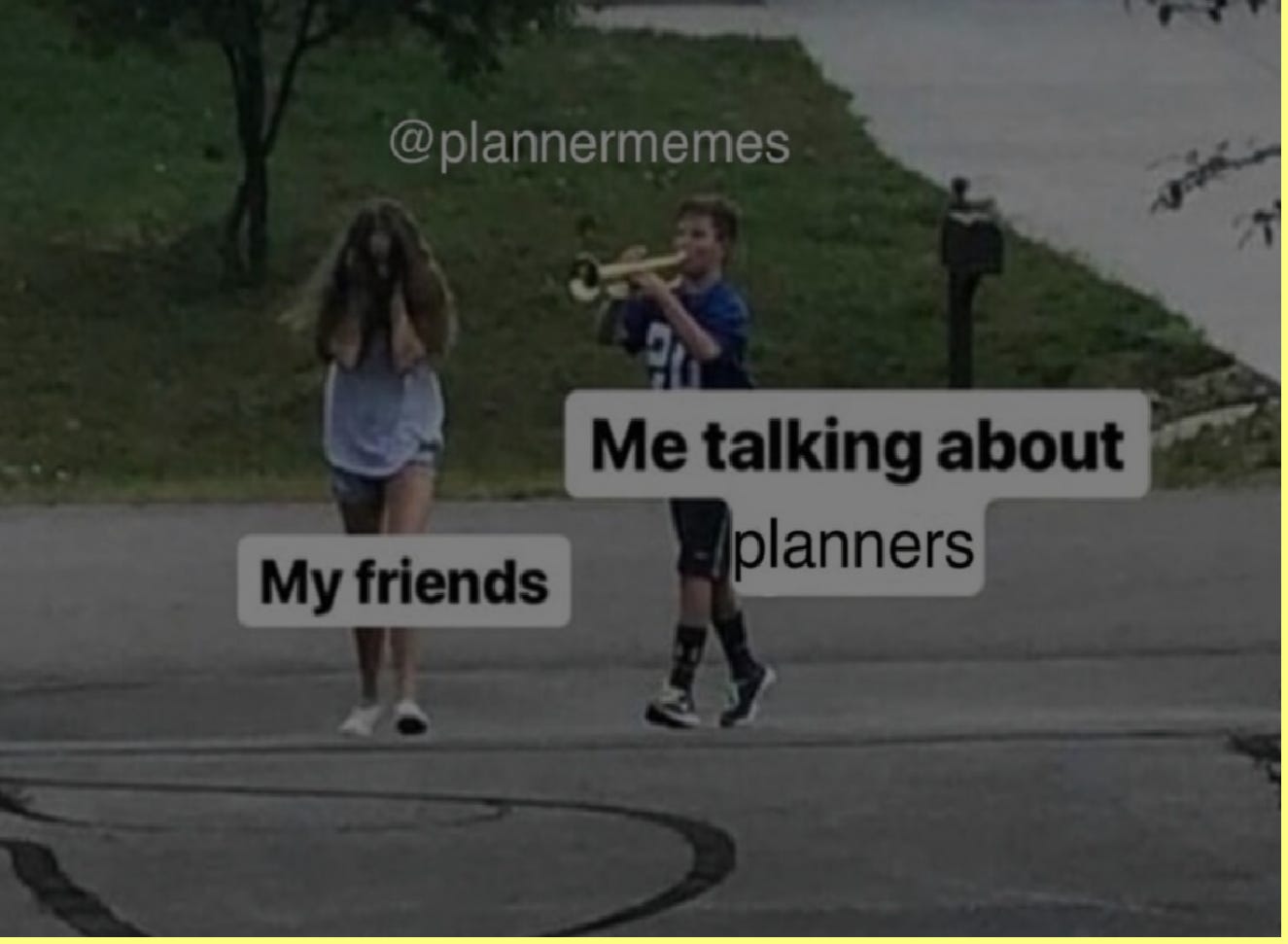
Oh my gosh this was just what I needed. I’ve got some clear next steps to get out of my funk:
1. Spend some time with my planner
2. Order our big calendar for next year
3. Do a few things to make the house feel like fall